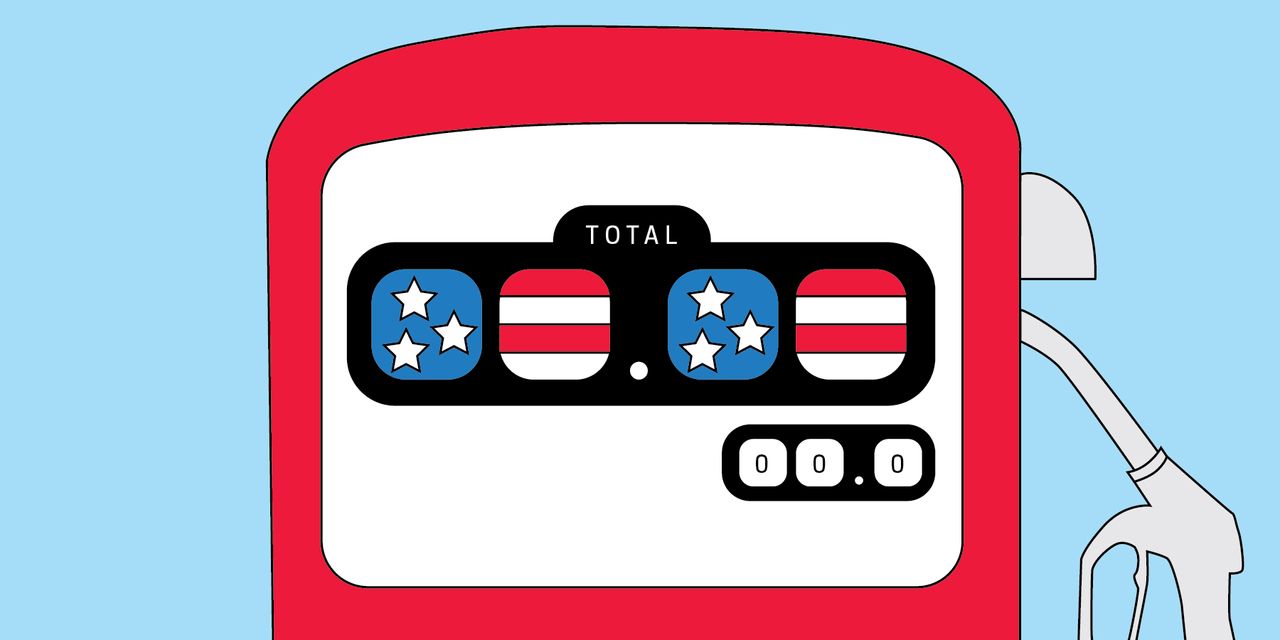Gasoline prices
are falling fast heading into Memorial Day, but it’s no guarantee that will get more people behind the wheel over the holiday weekend.
Demand for gas has been lackluster this year despite the drop in prices, and some experts see little chance of that changing.
At $3.50 per gallon, average national gas prices are $1 less than they were a year ago. That milestone has been matched only three times in recent history—during the 2009 recession, the 2015 OPEC supply glut, and the height of Covid in 2020, according to Patrick De Haan, head of petroleum analysis at price-comparison company Gas Buddy.
In general, oil prices are weak because of slowing demand around the world, as high interest rates and other issues are weighing on economic growth. Products like gasoline and diesel, which were in short supply last year during the early stages of the war in Ukraine, are now less scarce.
Gas prices have fluctuated between about $3.15 and $3.65 a gallon this year—not necessarily cheap by historical standards, but nowhere near last year’s levels. Nonetheless, people have not increased their driving much, wrote Tom Kloza, the global head of energy analysis at the Oil Price Information Service (OPIS), in an email to Barron’s.
“Demand continues to be disappointing,” he wrote. “So far in 2023, only five of 18 weeks have resulted in a gasoline demand total above 9 million barrels per day. To put that in perspective, in 2021 we had 28 consecutive weeks above that number.”
In the latest week, estimated U.S. gasoline demand was down 4.2% to 8.9 million barrels a day, according to statistics released Wednesday by the Energy Information Administration.
OPIS, which is owned by the same parent company as Barron’s, expects that gasoline prices peaked in April at $3.69 a gallon. Kloza says the year-over-year discount could widen to $1.25 or $1.50 a gallon by June. That said, there are still several risks that Kloza points out—from hurricane season to a dramatic shift in the oil market spurred by OPEC decisions or sharp economic shifts. Most analysts expect oil prices to rise in the second half of the year, as demand in places like China increases.
Write to Avi Salzman at [email protected]
Read the full article here




